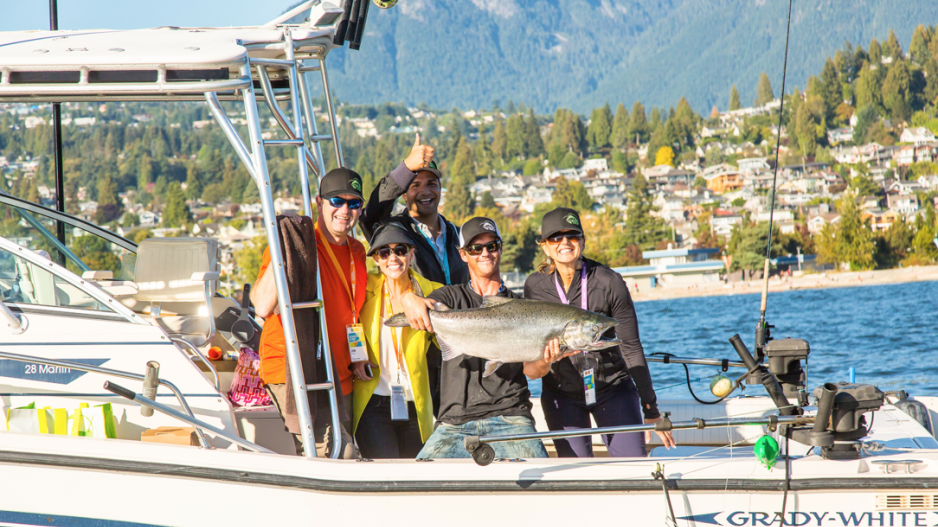Eight First Nations on the north coast are demanding a full recreational fishing closure for the Skeena River region to protect chinook stocks.
The Department of Fisheries and Oceans has implemented full fishing closures for three areas along the south coast, but only partial closures or retention reductions for chinook in the north.
DFO is implementing a confusing mix of bag limits and non-retention restrictions for tidal and freshwater portions of the Skeena River area, commonly described as the Chatham Sound area.
While there may be zero retention for chinook on the river itself, there are daily retention allowances of one chinook per day in the tidal areas.
“One of the dangers of that is that people that fish in the river just move to the ocean, so you’re not really saving fish, you’re just moving fisherman around,” said Bruce Watkinson, co-chairman for the Skeena Nations Fish Secretariat.
It’s also difficult to police, and chinook can be caught unintentionally when anglers are fishing for other species. Eight Skeena First Nations are therefore demanding an immediate, full closure to all recreational fishing or that area for the entire 2018 season.
They are calling on both DFO, which is responsible for tidal waters, and the B.C. government, which is responsible to freshwater, to implement the closures.
While he concedes DFO and the provincial government ultimately have authority over fisheries in tidal and freshwater respectively, Watkinson said he hopes that sport fishermen themselves will respect their call for a full closure.
While some chinook runs in B.C. have been doing relatively well, other have been in dramatic decline. Alaska has also implemented both commercial and sport fishing closures aimed at protecting falling chinook stocks, which happen to make up 90% of the diet of Southern and Northern Resident Killer Whales.
“If we are at the very beginning edge of a crisis, we need to take drastic measures now,” Watkinson said.
Asked if there could be clashes on the water between First Nations and sport fishermen, Watkinson said, “I hope not.”
He said there already were some confrontations last year.
“We hope it doesn’t have to go that way," Watkinson said. "We’ll do our best to meet with these sports groups, we’ll meet with the two levels of government. If we can get the messages out and work co-operatively together on the solutions, we can avoid direct action."
A full fishing closure would have a dramatic impact on small businesses and communities that rely on the sport fishing sector for income, said Owen Bird, executive director for the Sport Fishing Institute of BC.
So the prospect of First Nations continuing to fish for food, social and ceremonial purposes, while everyone else is told to stay off the water, may not go over well with non-aboriginal sport fishermen, he said.
“That won’t and doesn’t sit well with the communities and participants involved in that area," Bird said.
“The First Nations themselves will be looking at conservation measures both for chinook and sockeye,” Watkinson said, though he added that it’s up to individual First Nations to decide whether or not to voluntarily forgo their food, social and ceremonial allowances.




